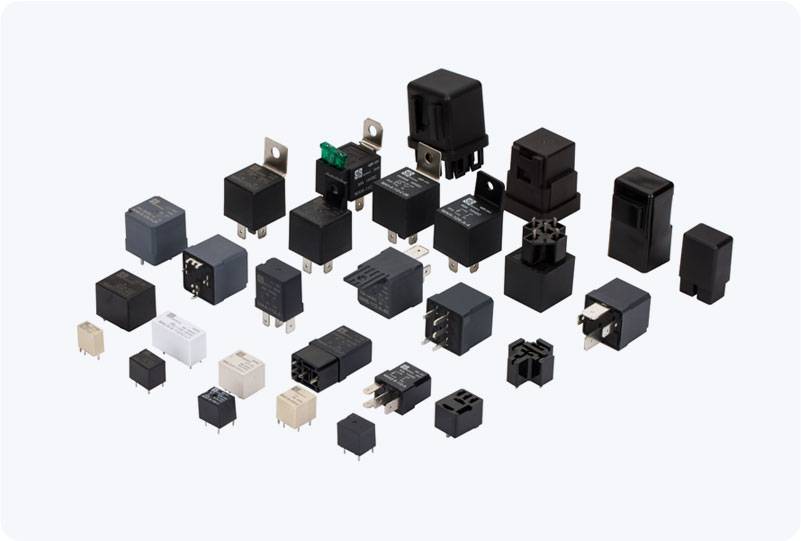High Voltage DC Main Relay is a critical component in electrical systems that handle high-voltage direct current (DC) circuits. These relays are responsible for controlling the flow of electricity, ensuring the safe operation of power systems, and protecting sensitive equipment from damage due to faults such as overloads and short circuits. As the use of high-voltage DC systems expands across various sectors, including electric vehicles, renewable energy systems, and railways, the importance of High Voltage DC Main Relays continues to grow.

The Role and Function of High Voltage DC Main Relay A High Voltage DC Main Relay is primarily used to control the connection and disconnection of high-voltage DC circuits. It works by utilizing an electromagnetic principle where a current is passed through a coil to generate a magnetic field. This magnetic field then causes a set of contacts to open or close, depending on the relay’s state. In essence, it acts as a switch that enables or disables the flow of high-voltage electricity. The relay’s role goes beyond mere switching; it provides a layer of protection for the electrical system. High-voltage DC circuits are often prone to issues such as overcurrent, short circuits, and system overloads. The High Voltage DC Main Relay can detect these conditions and rapidly disconnect the circuit to prevent damage. This is particularly vital in applications where reliability and safety are paramount.
Leave a Reply